Logitech G Hub is a vital application for customizing and optimizing Logitech gaming peripherals like mice, keyboards, and headsets. If you're experiencing issues where Logitech G Hub isn't opening on Windows 11, there are several methods you can try to resolve the problem. Below are some effective solutions to help you get the application running smoothly again.
Restart the Logitech G Hub services
Restarting the Logitech G Hub services can fix issues caused by intertwined or unresponsive processes.
Step 1: Click on the Start button and type Task Manager into the search bar. Select the Task Manager app from the results. Alternatively, you can press Ctrl + Shift + Esc on your keyboard to open it directly.

Step 2: In Task Manager, ensure you're on the Processes tab. Scroll through the list to find lghub_updater.exe. Click on it to select.
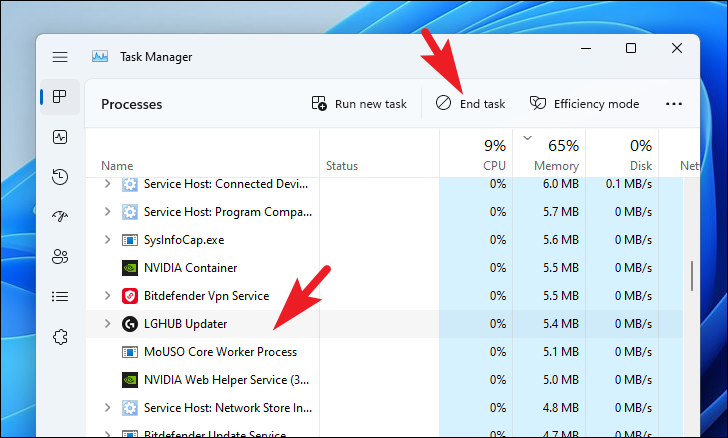
Step 3: Click the End task button at the bottom-right corner of the window to terminate the process.
Step 4: Press Windows + E to open File Explorer. Alternatively, double-click on the This PC icon on your desktop.
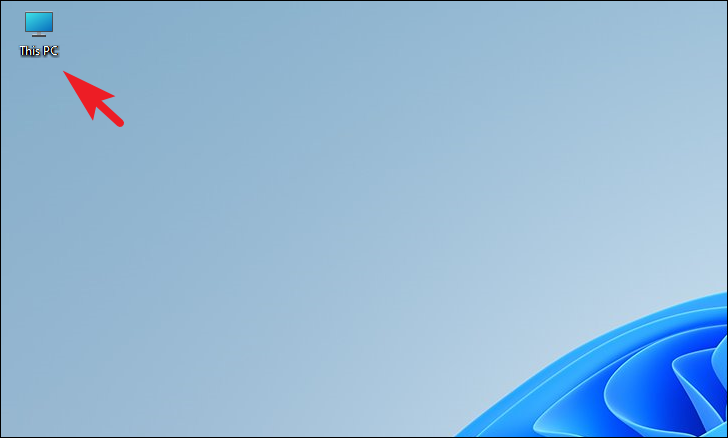
Step 5: In the address bar, type or paste the following path and press Enter:
C:\Program Files\LGHUB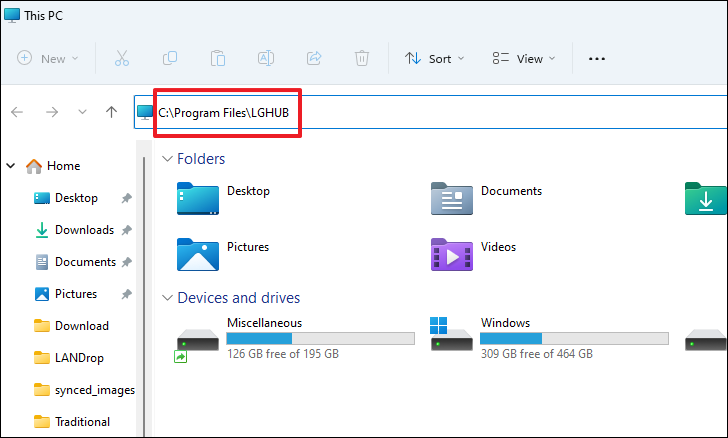
Step 6: Locate the lghub_updater.exe file in the folder and double-click it to run the updater manually.

After completing these steps, try launching Logitech G Hub to see if the issue has been resolved.
Check if the LGHUB service is enabled
If restarting the services didn't work or the issue reoccurs after restarting your computer, the LGHUB service might not be set to start automatically.
Step 1: Press Windows + R to open the Run dialog box. Type services.msc and press Enter to open the Services window.

Step 2: In the Services window, scroll down to find LGHUB Updater Service. Double-click on it to open its properties.
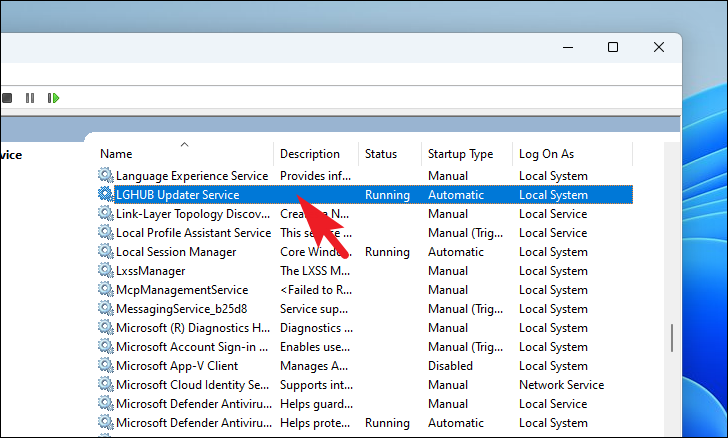
Step 3: In the Properties window, set the Startup type to Automatic using the dropdown menu. Click Apply and then OK to save the changes.
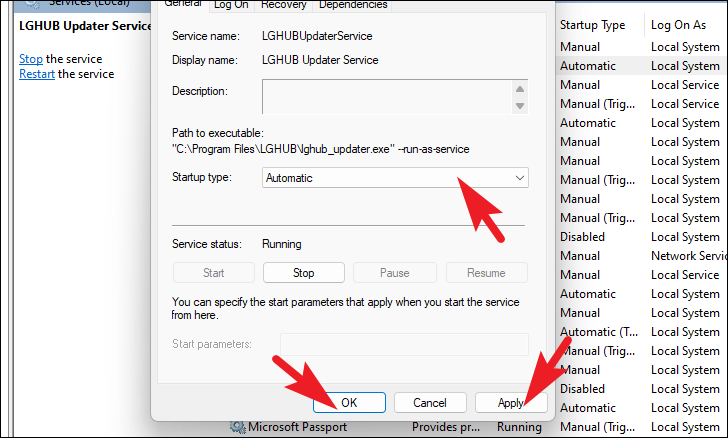
Restart your computer and check if Logitech G Hub opens correctly after the reboot.
Run Logitech G Hub as an administrator
Running the application with administrative privileges can sometimes resolve issues related to permissions.
Step 1: Click on the Start button and type Logitech G Hub in the search bar.
Step 2: Right-click on the Logitech G Hub app from the search results and select Run as administrator.
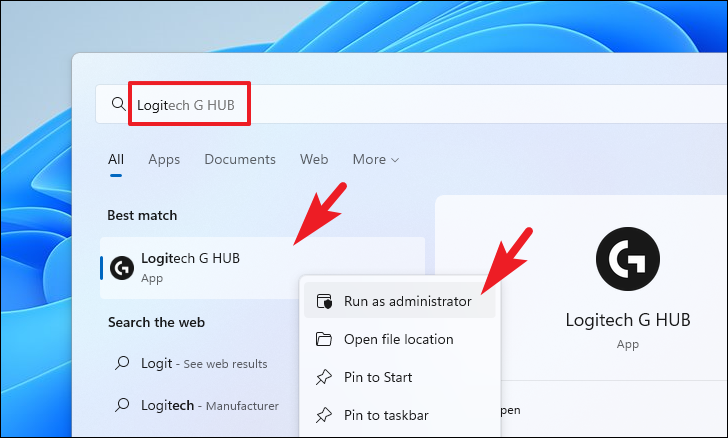
Check if the application launches successfully with administrative rights.
Reinstall Logitech G Hub
If the previous methods didn't help, reinstalling the application may fix issues caused by corrupted or damaged files.
Step 1: Open the Settings app by clicking on the Start button and selecting the Settings gear icon, or by pressing Windows + I on your keyboard.

Step 2: In Settings, click on the Apps tab in the left sidebar.

Step 3: Click on Installed apps on the right side.

Step 4: Scroll through the list or use the search bar to find Logitech G Hub. Click on the three-dot menu (ellipsis) next to it and select Uninstall.

Step 5: Confirm the uninstallation by clicking Uninstall in the prompt.
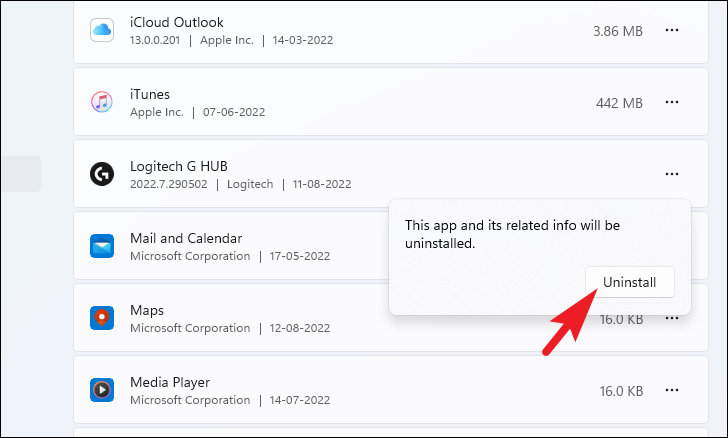
Step 6: Restart your computer to ensure all residual files are removed.
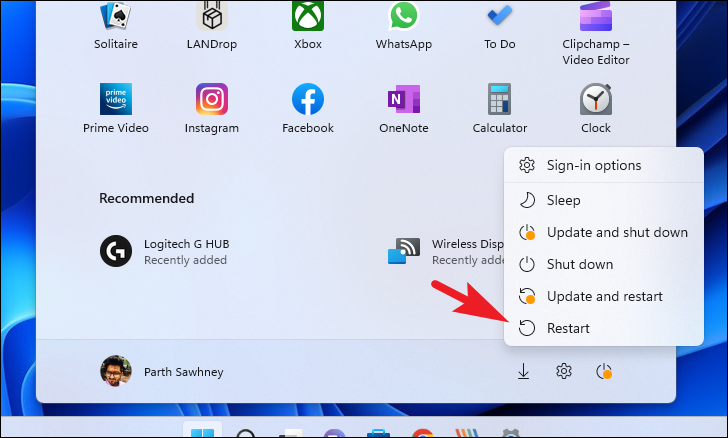
Step 7: After rebooting, visit Logitech G Hub Download Page and click on Download for Windows 10. Note that the installer is compatible with Windows 11 as well.

You can also use this alternative link if you prefer. Click Download Now to get the installer.
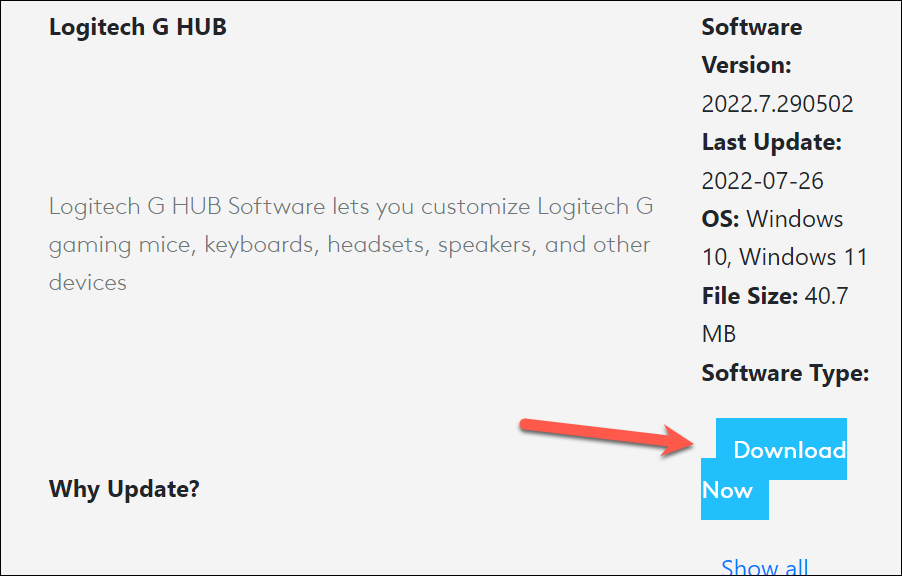
Step 8: Once downloaded, navigate to your downloads folder and double-click the installer to run it.
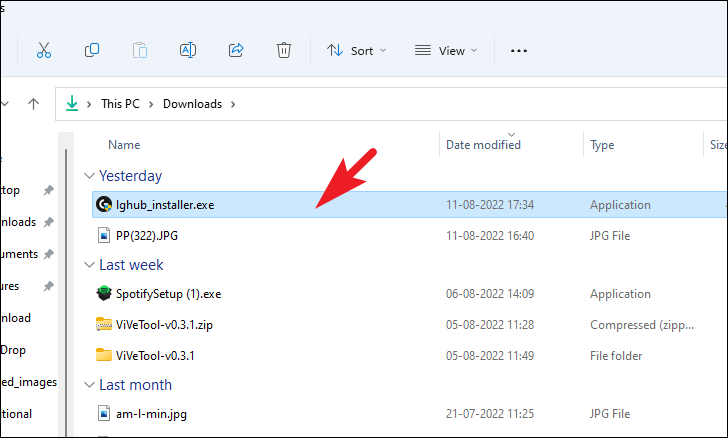
Step 9: Follow the on-screen instructions to install Logitech G Hub. After installation, the application should launch automatically.
Check if the issue has been resolved after reinstalling.
Update Windows 11
Ensuring your operating system is up to date can fix compatibility issues that might prevent applications from running properly.
Step 1: Open the Settings app by pressing Windows + I on your keyboard or by selecting it from the Start menu.
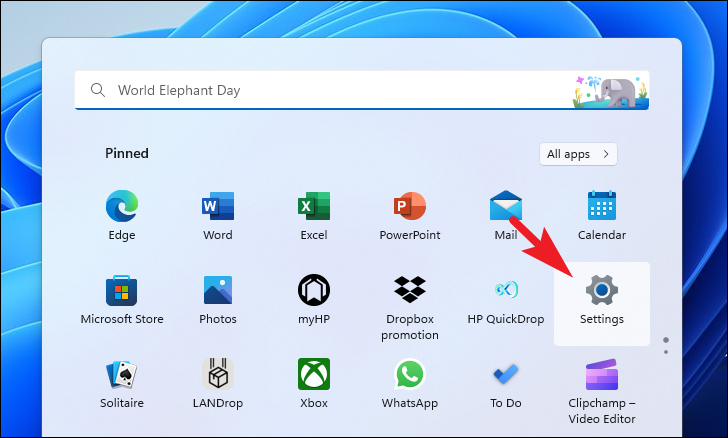
Step 2: Click on Windows Update in the left sidebar.
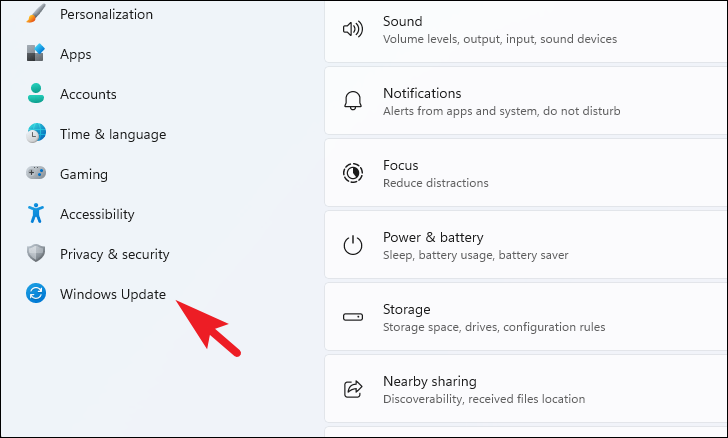
Step 3: Click the Check for updates button. If updates are available, click Install all to download and install them.
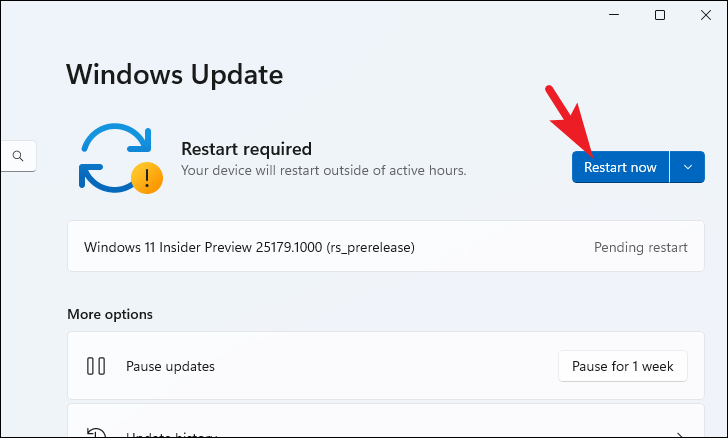
After the updates are installed, restart your computer and try opening Logitech G Hub again.
Update faulty or outdated drivers
Outdated or corrupt device drivers can cause applications like Logitech G Hub to malfunction. Updating your drivers can resolve these issues.
Using the Settings app:
Step 1: Open Settings and navigate to Windows Update in the left sidebar.
Step 2: Click on Advanced options on the right side.
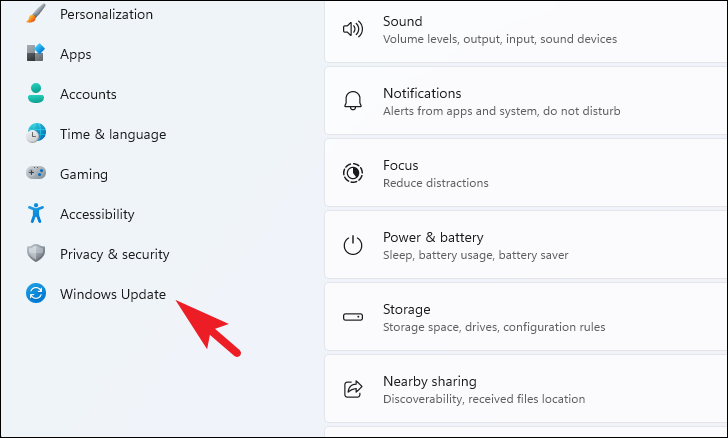
Step 3: Select Optional updates.

Step 4: If driver updates are available, click Install all to update them.
Using Device Manager:
Step 1: Right-click on the Start button and select Device Manager from the context menu.
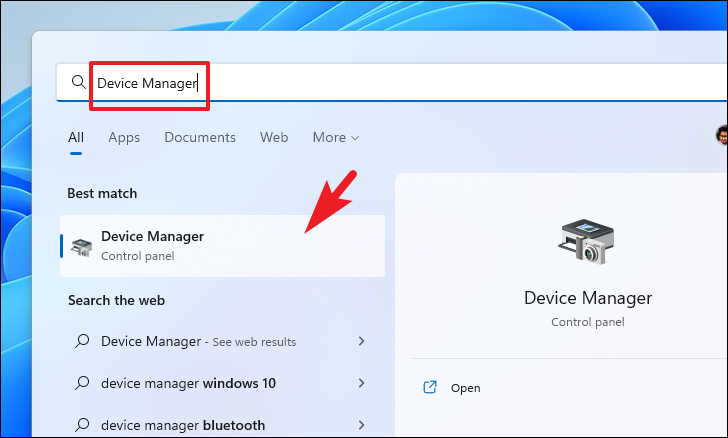
Step 2: In Device Manager, expand the categories to locate your Logitech devices or any device with a yellow exclamation mark indicating an issue.
Step 3: Right-click on the device and select Update driver.

Step 4: Choose Search automatically for drivers to let Windows find the latest driver, or select Browse my computer for drivers to install a driver you have downloaded manually.
Step 5: Follow the prompts to complete the driver update.
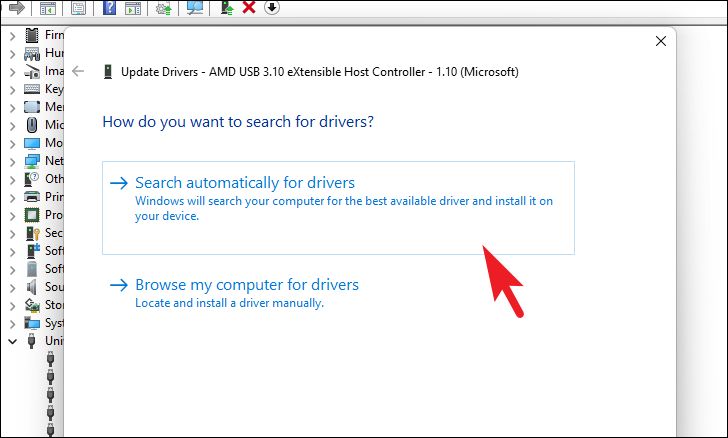
After updating the drivers, restart your computer and try launching Logitech G Hub.
Start PC in clean boot
If none of the above methods resolved the issue, a third-party application or service might be interfering with Logitech G Hub. Performing a clean boot can help identify if this is the case.
Step 1: Press Windows + R to open the Run dialog box. Type msconfig and press Enter to open the System Configuration window.

Step 2: In the General tab, select Selective startup.
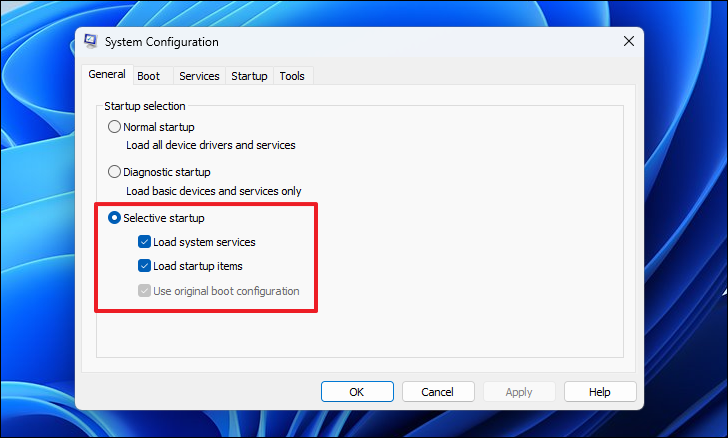
Step 3: Go to the Services tab. Check the box that says Hide all Microsoft services at the bottom.
Step 4: Click on Disable all to disable all remaining third-party services.
Step 5: Click Apply and then OK to save changes.
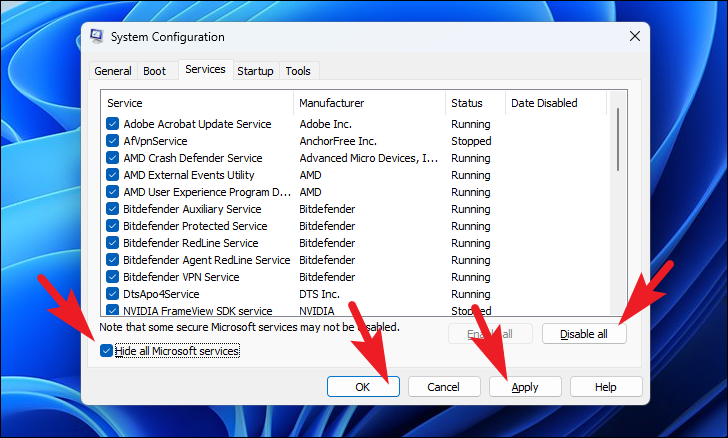
Step 6: Restart your computer. Windows will start with a minimal set of drivers and startup programs.
After the restart, try launching Logitech G Hub. If it opens successfully, a third-party service or application is likely causing the conflict. You can then enable services one by one to identify the culprit.
By following these methods, you should be able to resolve the issue with Logitech G Hub not opening on Windows 11. If the problem persists, it may require further troubleshooting from Logitech's support team.






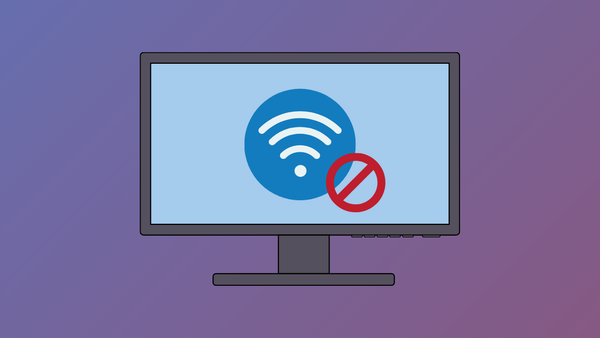

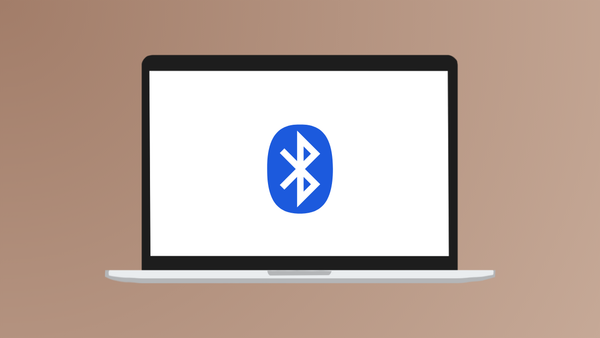

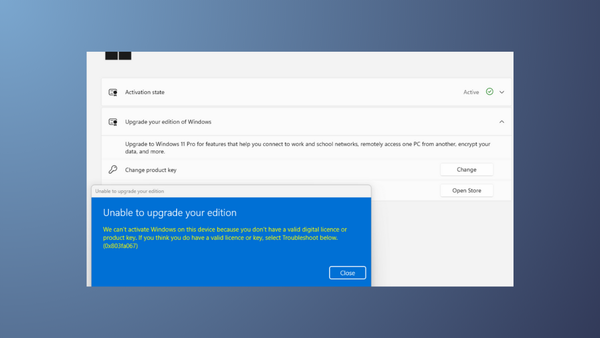
Member discussion